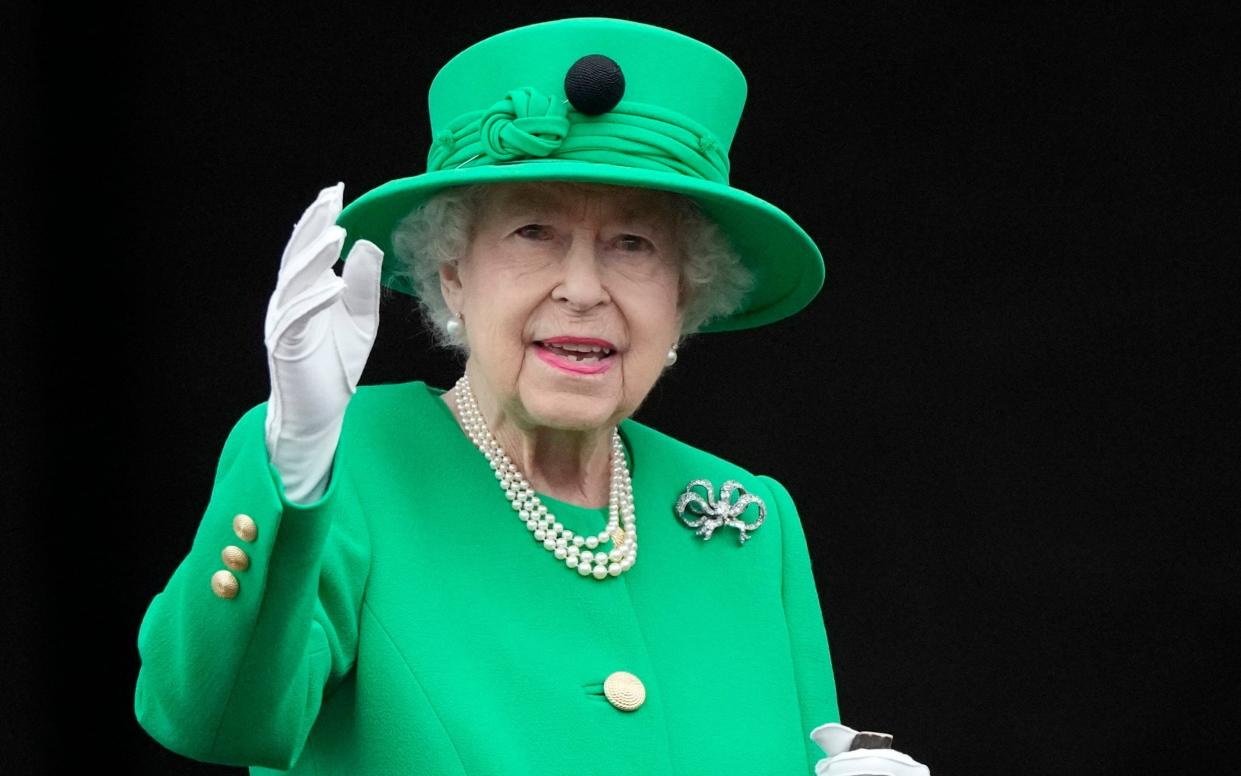The Real Windsors: Queen of Steel, review: Her Majesty recast as Logan Roy from Succession

Somewhere in the bowels of Channel 4, an executive is charged with commissioning royal documentaries. They dream of graduating to the fun stuff – Gogglebox! Naked Attraction! – but for now they must toil away in the gloom, greenlighting yet another film about the Royal family featuring contributors who have never met them.
As there is nothing really new to say about the Queen, particularly after a glut of Platinum Jubilee content, any documentary now needs a USP. In The Windsors: Queen of Steel it was this: the Queen is “The Firm’s most successful CEO” who has guided the monarchy through the past 70 years with steely determination (hence the title) and a ruthless attitude even to members of her own family. In case the tone of the show wasn’t sufficiently clear, it was accompanied by a soundtrack very much like the theme tune from Succession.
What stopped the programme from feeling forced – and elevated it above many other royal documentaries – was the choice of contributors. Television producers tend to have the same, half dozen royal commentators on speed dial, who are wheeled out to say the same thing they said the last time they were asked. Here, we heard from a different set.
Mary Pearson, daughter of royal aide Martin Charteris, provided insights. “My father always said the Queen had superb negative judgment: she knew what not to do, she knew what it wasn’t right for her to do.”
The thought-provoking aspect was the consideration of what will happen to the monarchy once the Queen has gone. Sathnam Sanghera, the journalist and historian, said that the Queen represents “the last remaining bit of stability” in a country of political division and culture wars.
More worryingly for the institution, two girls – speaking here because they had met the Queen during her visit to a riding club in Brixton – summed up a feeling among many young people that the Royal family is irrelevant. “After the Queen, of the people who are left, there aren’t many that incite the same kind of fondness,” they said. “It’s like Big Ben – it’s gorgeous and a huge part of British history and it tells the time so it works, but at the same time it’s not useful any more because we’ve all got phones and watches now.”
Perhaps that view should be taken more seriously by palace officials than anything said by so-called royal experts.

 Yahoo Movies
Yahoo Movies 
